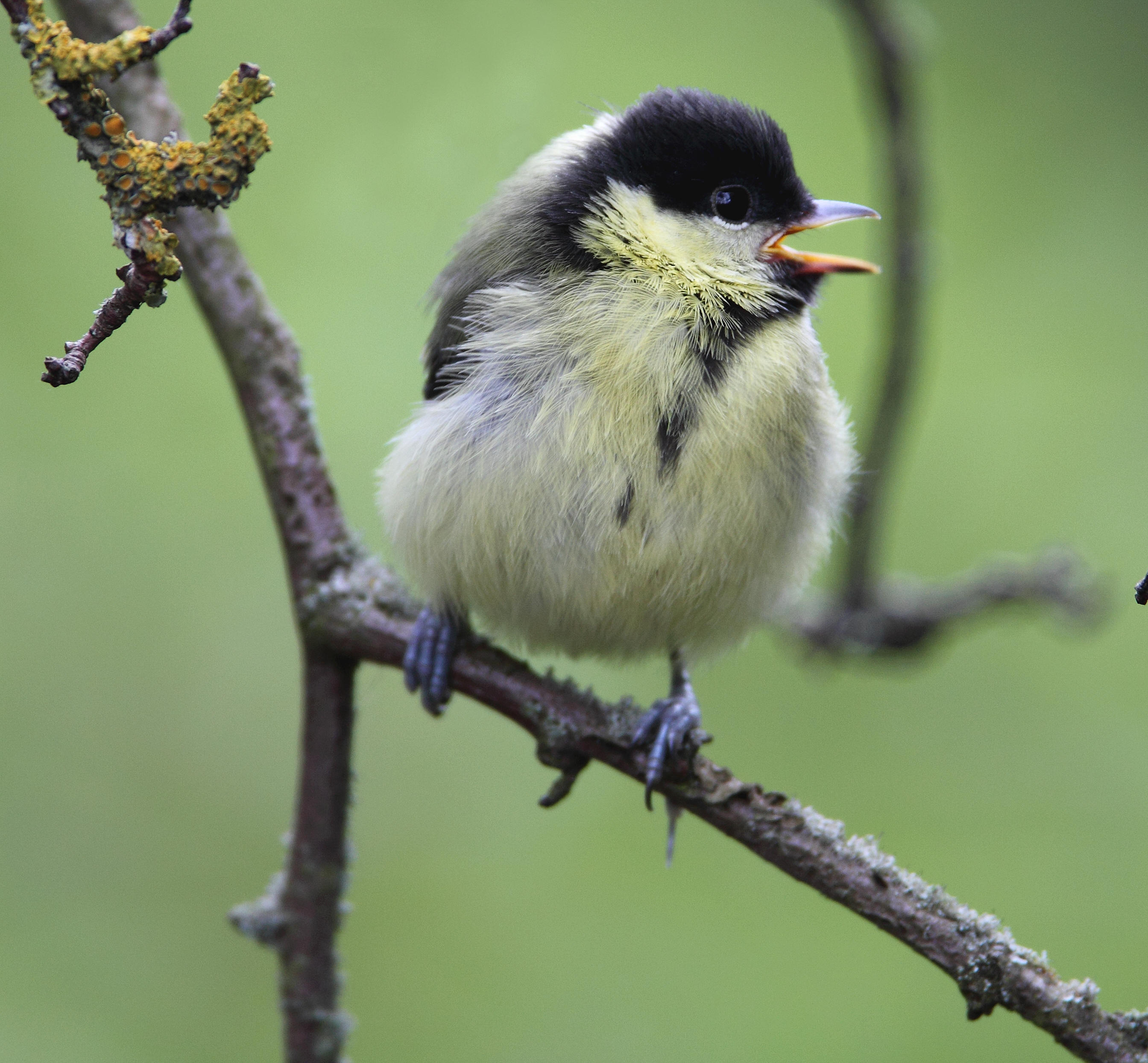
Parus major
SUBFAMILY
Parinae
TAXONOMY
Parus major Linnaeus, 1758. Up to 31 subspecies recognized.
OTHER COMMON NAMES
French: Mйsange charbonniиre; German: Kohlmeise; Spanish:
Carbonero Comъn.
PHYSICAL CHARACTERISTICS
5.5 in (14 cm); 0.5–0.8 oz (14–22 g), males typically slightly
larger than female; very variable species with plumage characterized
by black crown, throat, and vertical breast stripe; white
cheeks; green back; blue wings, rump, and tail; and yellow
breast.
DISTRIBUTION
The great tit is possibly the most widespread of all the parids;
up to 31 subspecies have been identified across Eurasia and
into Southeast Asia and northern China.
HABITAT
Occurs in a very wide range of different woodland types, but
generally favors lowland broad-leaved woodlands, especially
those with good shrub growth. Dislikes pure conifer forests.
Also found in open woodland habitats, including parks, gardens,
cemeteries, and hedges.
BEHAVIOR
Resident throughout much of its range, but shows seasonal
altitudinal migration in some mountain areas and local migration
in others. Irruptive movements can occur in years with
good breeding success and/or poor beech Fagus mast crop.
Occasionally territorial throughout year, but may join
hierarchically-organized, mixed-species flocks outside of breeding
season. Song frequent, simple, and variable, with each male
having several repertoires.
FEEDING ECOLOGY AND DIET
Forages on all parts of trees and shrubs, but shows preference
for foraging among leaves. However, foraging
BEHAVIOR
highly
adaptable and shows remarkable learning ability, including the
use of tools (pine needles used to extract insects from holes).
Does not store food. Diet comprises an extremely wide variety
of invertebrates, seeds, nuts, and fruits.
REPRODUCTIVE BIOLOGY
Nests in pre-existing tree-cavities, walls, burrows, and nestboxes.
Egg-laying starts in February in southern populations
and as late as May in the north. Frequently lays two clutches
per year, rarely three. Clutch size highly variable: three to 18
eggs laid. Incubation is by female alone and takes 12–15 days,
fledging in 16–22 days.
CONSERVATION STATUS
A very common species, but some subspecies may have relatively
small populations. In Europe alone, the estimated population
is between 41 and 180 million pairs.
SIGNIFICANCE TO HUMANS
No commercial significance, but of contemporary cultural significance
in some areas, especially Europe, where closely associated
with humans.
Other popular Animals
Photo Gallery of - Great tit
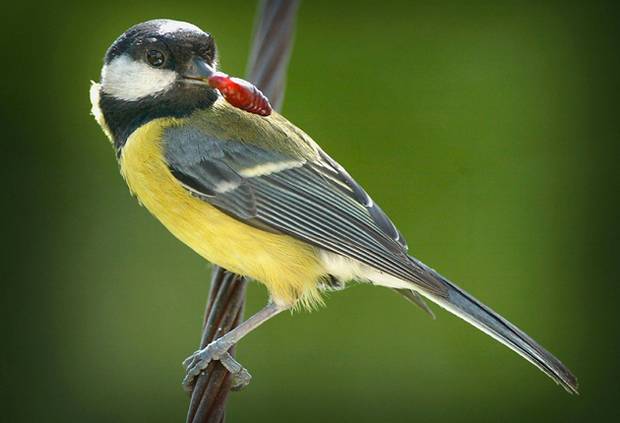
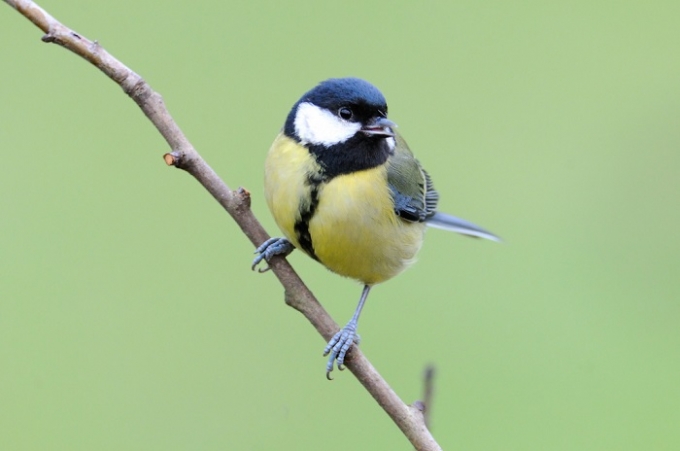
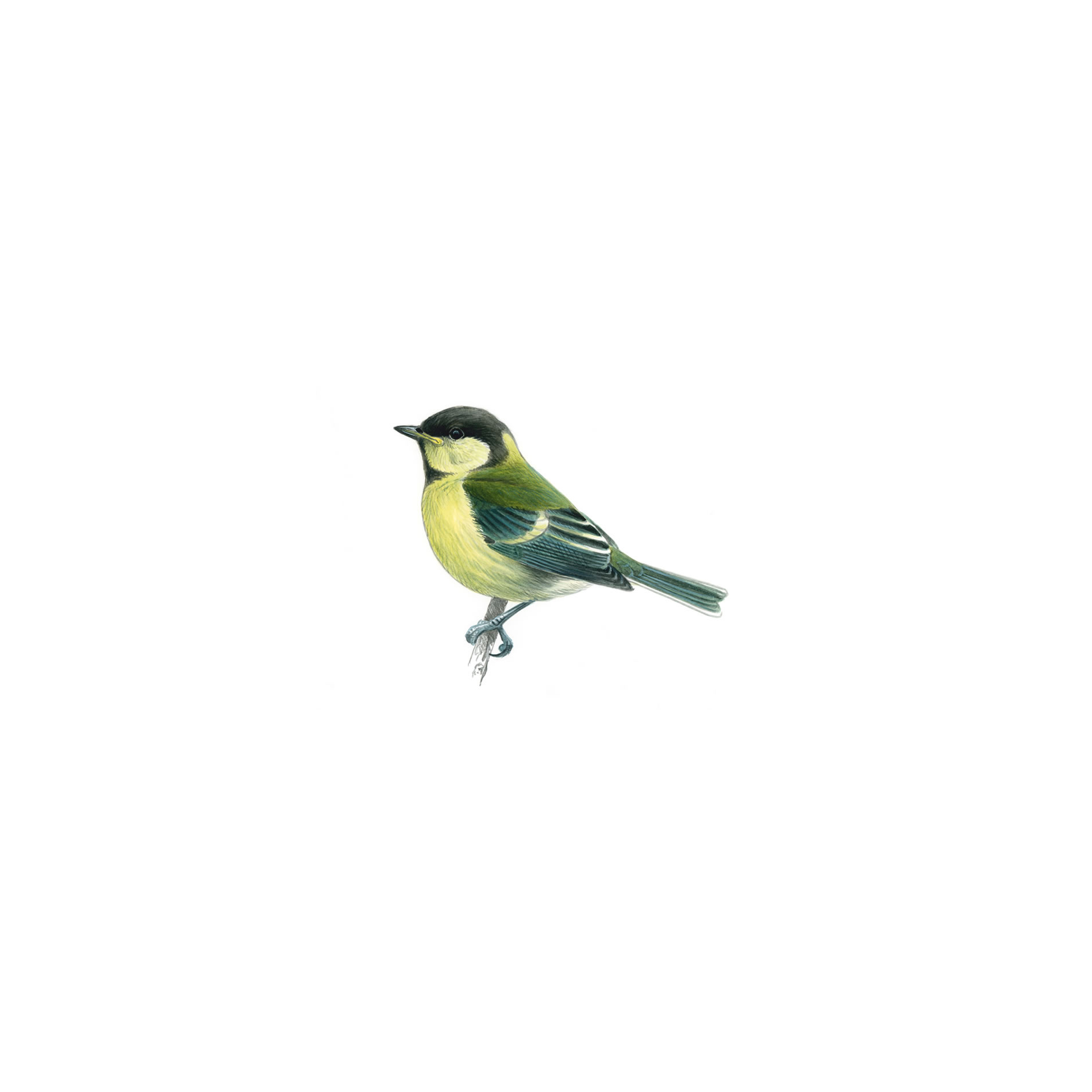
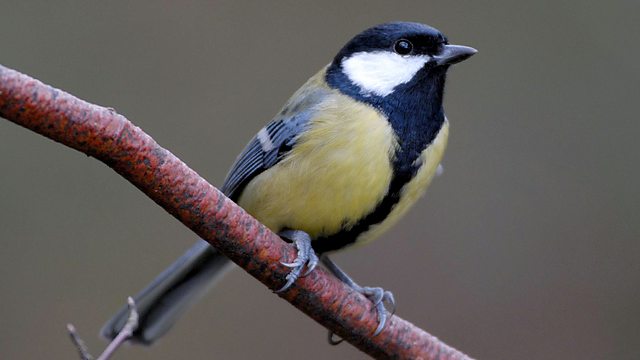
 Animalia Life
Animalia Life